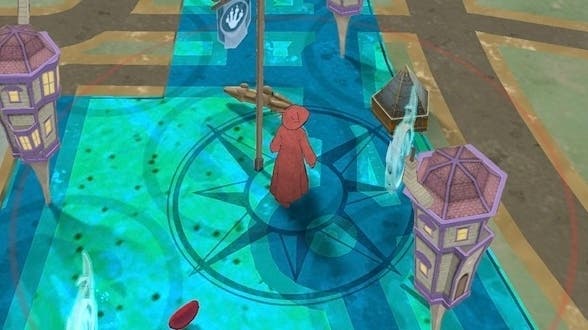Hands-on with Harry Potter: Wizards Unite, the Pokémon Go follow-up Niantic wants to run for "decades"
Wingardium Lev-iOS-a.
When Pokémon Go first blazed to life, back in that incredible summer of 2016, developer Niantic found itself with a monster success beyond its wildest expectations. Built from the bones of Ingress, launched three years earlier, Niantic's own globe-covering tech was a perfect match for the globally known Pokémon franchise. The resulting pop culture phenomenon put location gaming on the map and launched a pocket money-spinner still raking in cash today. Now, another three years on, Niantic wants to do it all again - and this time, do it even better.
When Harry Potter: Wizards Unite launches, sometime in 2019, it will do so in a far more robust state than Pokémon Go did. The latter's minimal set of launch features remained unchanged for a nearly year while Niantic staffed up and stabilised its creation, a year in which a chunk of its audience moved on. Playing a beta version of Wizards Unite, it already feels as deep and well-rounded as Pokémon Go does in its third year - with layers of familiar and fresh-feeling ideas and servers that mostly play (Poké)ball.
Let's start with those fresh features, as it is here Wizards Unite's identity really lies. Yes, it's a location-based mobile game in which your character moves around a map of your area as you do, with points of interest to help get your bum off your sofa and into your local neighbourhood. But where Pokémon Go's ethos reflects its franchise's particular strengths - collecting and competitive battling - Wizards Unite reflects Harry Potter's, with a focus firmly on collaborative gameplay and a notable slab of narrative storytelling.
Wizards Unite has no teams, no Houses to compete against, no competitive spell-casting against other players. Everyone is on the same side, working together as part of the Statue of Secrecy (SOS) Task Force - a group formed by top wizards to hunt down and make safe dangerous artefacts littered worldwide. Players choose from three classes - the Auror, best at spellcasting and defeating dark wizards, the Magizoologist, a tanky support best at tackling magical beasts, and the Professor, a class with a "deep magical knowledge". Each has their own skill tree, which you can invest into and switch between at will.
Potterheads will be intrigued by the game's story, which takes place "roughly" in the modern day and begins with grown-up auror Harry Potter sending you off to investigate a magical event known as the Calamity which has conjured up "Foundables" - the magical items, creatures and characters you'll be finding across the world - but also apparently disappeared others. A teaser for the game I saw mentioned the mysterious vanishing of a group named the "London Five". Gameplay shown included lots of chatter between new NPCs, while Niantic promised we'd be seeing plenty of familiar faces from the Wizarding World pop up too.
Foundables are littered across the map like Pokémon, and appear as icons reflecting the type of encounter they contain. It could be a trapped demiguise, as seen in Fantastic Beasts, which you must cast Alohomora to free. Or it could be an enemy, like a Death Eater, or a werewolf, or a vision of a creepy Dementor attacking Prisoner of Azkaban-era Harry Potter, which you'll need to defeat. Encounters begin by lining up an AR reticule to lock on to the Foundable, then feature a series of spell-casting movements to be copied via the touchscreen. The tougher the encounter, the more of these you'll need, as you wave your wand to cast spells to attack and then quickly swipe to Protego yourself when you need to defend. It's a more involved form of encounter than the simple curveballs of Pokémon Go, perhaps less suited to being on the go - but as with Pokémon Go, AR is entirely optional and switching it off may speed things up.
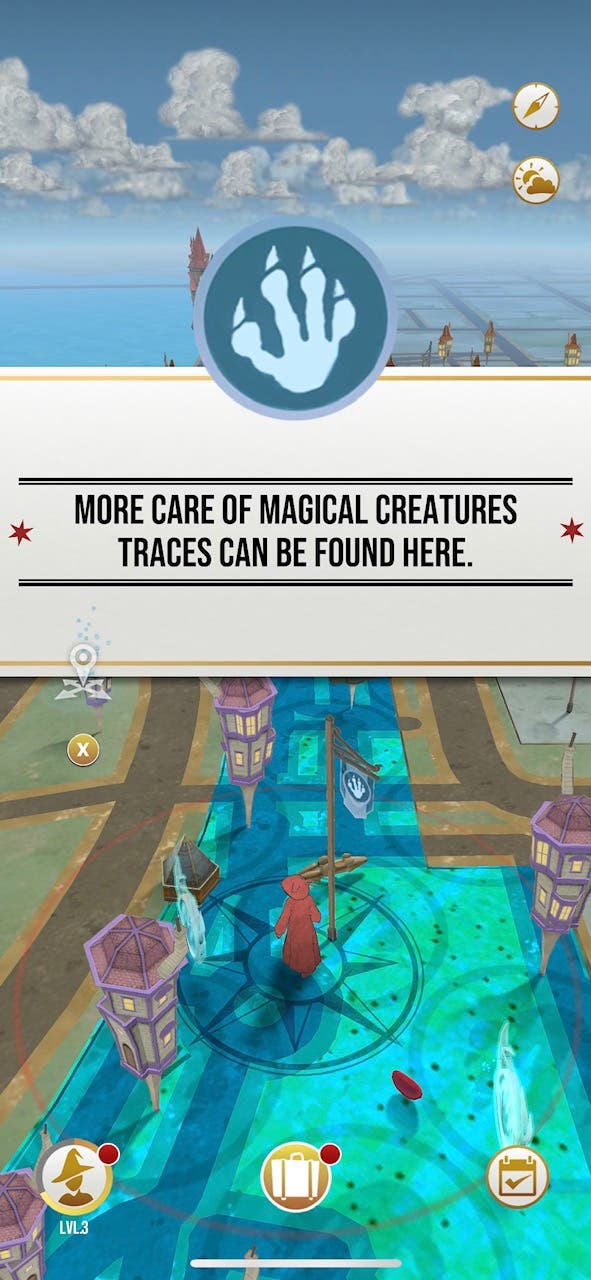
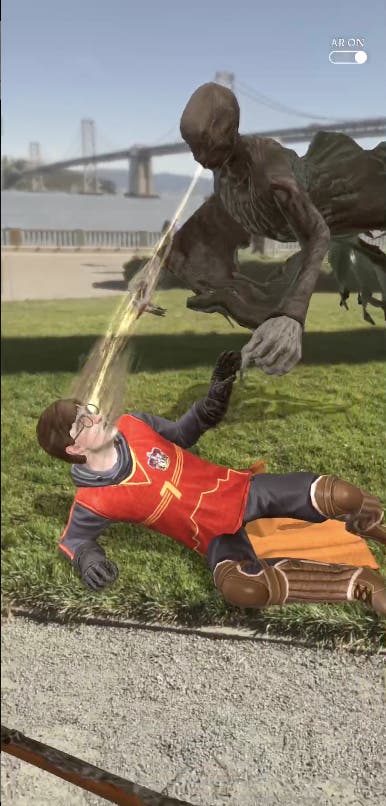
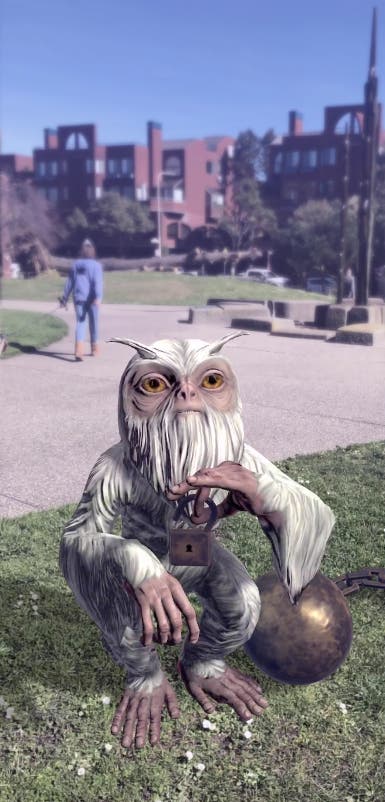
With your Foundable secured, you'll unlock it in your Registry - less a Pokédex and more a Panini sticker book - with pages for: Care of Magical Creatures, Dark Arts, Hogwarts School, Legends of Hogwarts, Ministry of Magic, Magizoology, Magical Games and Sports, Mysterious Artefacts, Wonders of the Wizarding World and Oddities. Phew. Niantic has promised at least 100 of these encounters will in the game at launch, with more to come. You'll find their spawns are tied to weather, time of day, biome but also, cleverly, moon phase. Want a werewolf encounter? Yes, you absolutely will need to go out at night when it is a full moon. Many Foundables require you encounter them multiple times to unlock their Registry entry, and with it, uncover more of the game's story, and more answers to why the Calamity occurred.
The toughest of Foundables are locked away in Fortresses, seemingly-permanent raid-like locations which offer numerous dungeon floors to progress through as a team. You'll need an item named a Runestone, gained from easier Foundable encounters, to enter here. Niantic shied away from the term "raid" when I asked how Fortresses compared - they are a real-time activity for up to five players at a specific location - but in practice Fortresses are more an illustration of how Wizards Unite differs from Pokémon Go, and how it lives up to its own name. Each floor or room of a Fortress has a set of enemies within it, some better suited to your class than others. It's on you to unite a team of witches and wizards with skill points in different classes, so your Auror can take on that Death Eater while your Magizoologist takes on those Pixies. Players pick an enemy they want to fight until either there are none left, time runs out or your party is defeated. Complete one floor and it's then on to the next, with rewards and difficulty ramping up as you progress.
You'll need magical energy to cast your spells, and the help of potions to heal yourself and brew helpful effects such as poison that gives damage over time. It's here the more familiar features of Niantic's toolkit come into play, dotted around your overworld map. Wizards Unite's overworld is more animated than that of Pokémon Go, with postal letters flying overhead and smoke curling from the chimneys of nearby buildings. These buildings are Inns, where you'll pick up food items like cake which are converted into spell energy (sure, why not) and Greenhouses, where you'll find potion ingredients like sneezewort and scurvy grass. One final location type - Landmarks - denotes an open area more likely to spawn a particular Foundable type.
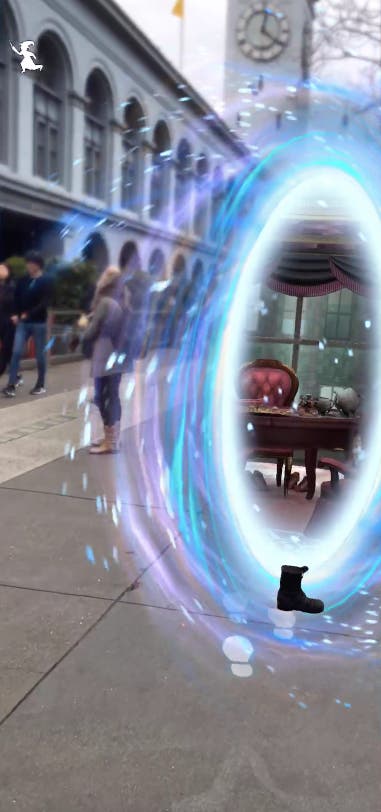
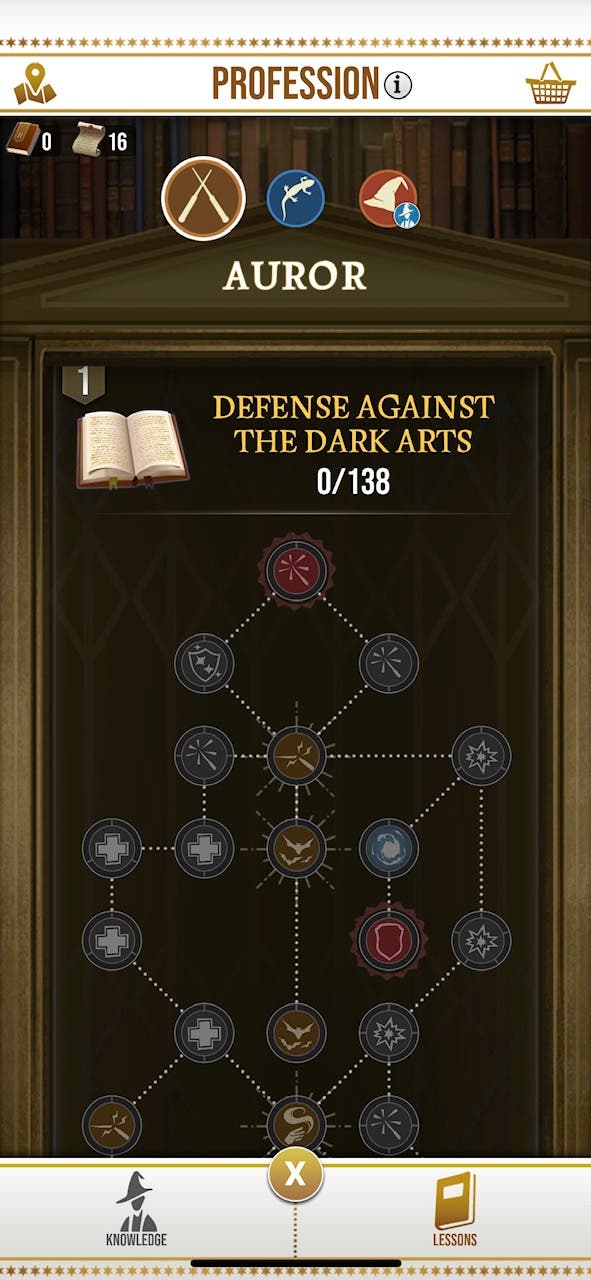
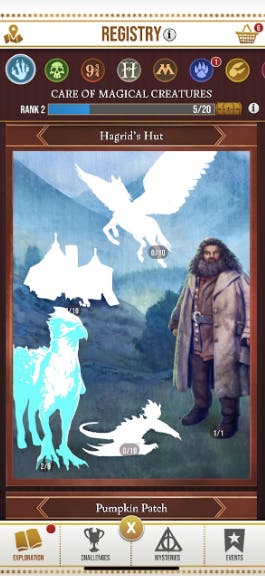
As you might expect, Wizards Unite's Landmarks, Inns, Greenhouses and Fortresses are represented using the same Niantic location database as used in Pokémon Go and Ingress (indeed, one Fortress location I battled I remembered having spun as a PokéStop earlier in the day). What I didn't expect from the game was the notable inclusion of Warner Bros. San Francisco as partner developer. While still a mobile game, Wizards Unite's character models, visual effects and sound design are a mark above the games Niantic has developed by itself. The game's introduction from Harry is voiced by a fairly convincing soundalike for Daniel Radcliffe. Magical creatures and enemies are rendered in far greater detail than the relatively simplistic models of Pokémon Go's creatures and trainers. And, when creating your profile, you get to snap a photo of yourself and apply Harry Potter themed clothing and accessories onto your head, some of which will be earned through in-game achievements. Snape vulture hat, please.
Perhaps the flashiest the game looks is in its Portkeys, teleportation items you'll pick up you'll need keys to unlock (the description of how this works was a little fuzzy, but sounded somewhat akin to Pokémon Go's eggs and incubators). When unlocked, you can summon an AR portal in front of you to walk through and then find yourself within a familiar location from the Wizarding World - like Ollivander's shop, or Dumbledore's office. There you can hunt around and explore to find hidden treasures.
In a press release, Niantic describes Wizards Unite as a game with a "deep, multi-year narrative arc". In person, Niantic product marketing boss Archit Bhargava said it had been designed as a Harry Potter fan's "forever game", designed to last "decades". (The current plan for Pokémon Go? "Decades" also.) When asked about microtransactions, Bhargava told me the specifics were still to be decided, but you'd be able to play all day (as with Pokémon Go) with no pressure to pay more. In-game purchases will be tailored to those who want to up their speed or efficiency - and at a guess, I can already see how Runestones and Portkeys feel similar to Pokémon Go's big sellers, raid passes and incubators.
But all of that remains to be seen as, a little frustratingly, Niantic is still keeping the launch window of Wizards Unite as vague as "2019". Logic would suggest another summer launch for this outdoors game, which means despite this pretty comprehensive look we're still a way away yet. (When it does arrive, though, it will do so in 19 languages - another sign Niantic has learned from the slow rollout of Pokémon Go worldwide.) Can Niantic capture lightning in a bottle again? With a dizzying feature set and years of learning behind it, Wizards Unite is a safe bet to dominate phones this summer - at least for a spell.
